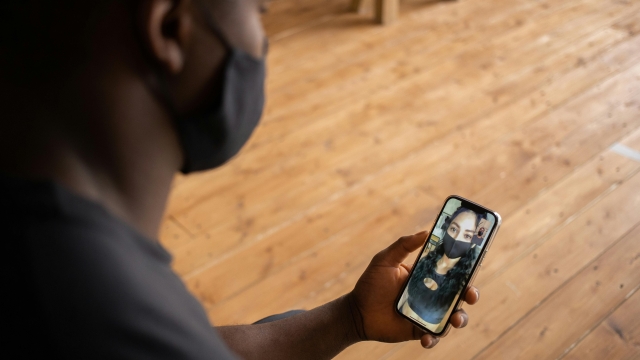
In today’s world, ensuring the safety of our homes has become more crucial than ever. With an increasing number of security concerns, the popularity of security cameras has skyrocketed. They offer not just a sense of security but also peace of mind whether you’re at home or away. However, choosing the right security camera for your specific needs can feel overwhelming with the vast array of options available in the market.
From indoor cameras that monitor movement within your home to outdoor models designed to withstand the elements, understanding the various features and functionalities is key to making an informed decision. In this guide, we will walk you through everything you need to know to select the perfect security camera to keep your home and loved ones safe, ensuring you have eyes everywhere.
Types of Security Cameras
Security cameras come in various types, each designed for specific needs and environments. Indoor security cameras are typically compact and designed to provide surveillance within your home. These cameras often feature wide-angle lenses to cover more area, motion detection, and night vision capabilities, making them ideal for monitoring living spaces, nurseries, or entry points. Many also offer two-way audio, allowing you to communicate with someone directly from your smartphone.
Outdoor security cameras are built to withstand harsh weather conditions and are usually more rugged than their indoor counterparts. They often include features such as higher resolution, wide dynamic range, and enhanced night vision to capture clear footage in low-light conditions. These cameras are strategically placed to monitor the perimeter of your home, driveways, and entrances, ensuring that any potential intruders are captured on video before they can enter.
Another important type is the wireless security camera, which relies on Wi-Fi connectivity for both power and data transmission. These cameras are easier to install since they do not require extensive wiring, allowing for more flexible placement options. Some models come equipped with cloud storage, enabling remote access to live feeds and recorded footage via a smartphone or tablet. This type of security camera is ideal for those who want to keep an eye on their property from anywhere at any time.
Key Features to Consider
Security Camera Repairs
When choosing a security camera for your home, resolution is a crucial feature to evaluate. Higher resolution cameras provide clearer images, allowing for better identification of individuals and activities within the camera’s view. Modern security cameras typically offer resolutions ranging from 720p to 4K. Opting for a camera with at least 1080p resolution will enhance your security efforts, as you will have more detailed footage to rely on in case of an incident.
Another important consideration is the camera’s field of view. This determines how much area the camera can cover and plays a significant role in ensuring complete surveillance of your property. A camera with a wider field of view can monitor larger areas, reducing the number of cameras needed for effective coverage. Additionally, features such as pan-tilt-zoom functionality allow for dynamic movement and adjustments, making it easier to focus on specific areas when necessary.
Lastly, consider the type of connectivity and storage options available for the security camera. Many modern cameras offer Wi-Fi connectivity, allowing for real-time alerts and remote viewing through mobile apps. Cloud storage options are available, but local storage via microSD cards or network-attached storage can also provide a cost-effective solution. Evaluate your preferences and needs to select a camera that offers the best connectivity and storage solutions for your home security system.
Installation and Placement Tips
When installing security cameras, strategic placement is essential to maximize their effectiveness. Start by identifying key areas that require monitoring, such as entry points, driveways, and garages. Cameras should ideally be mounted at least eight to ten feet off the ground to capture a broader view while preventing tampering. Additionally, pay attention to the field of view; cameras with a wide-angle lens can cover larger areas and reduce the number of cameras needed.
Lighting conditions can significantly affect the performance of security cameras. Position cameras in well-lit areas for daytime use but ensure they don’t face direct sunlight, which can cause lens glare. For night monitoring, consider cameras equipped with infrared technology to provide clear images even in low-light conditions. It is also crucial to test the camera angles and adjust them before finalizing the installation, ensuring they capture the intended areas accurately.
Lastly, secure your cameras against weather elements and potential vandalism. Use weatherproof housing for outdoor cameras and ensure they are placed out of reach of potential intruders. Regular maintenance, including cleaning the lens and checking for obstructions, will help keep your security system functioning optimally. Keep in mind that even the best camera systems can be ineffective if not installed and placed correctly.


